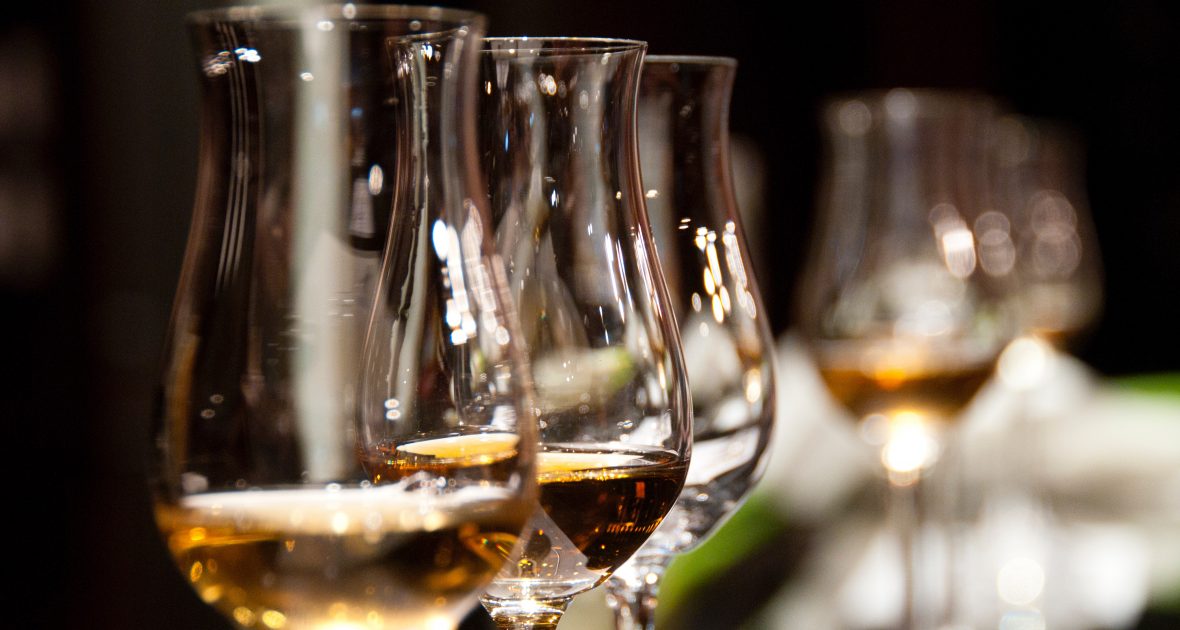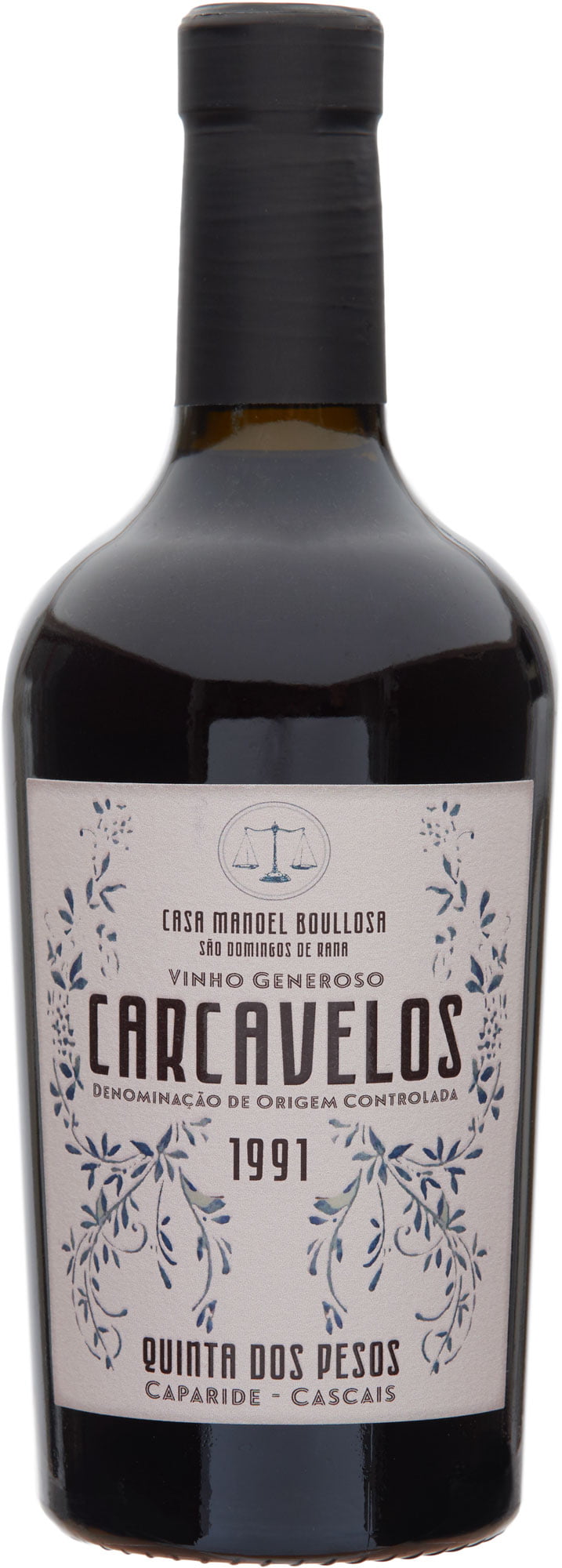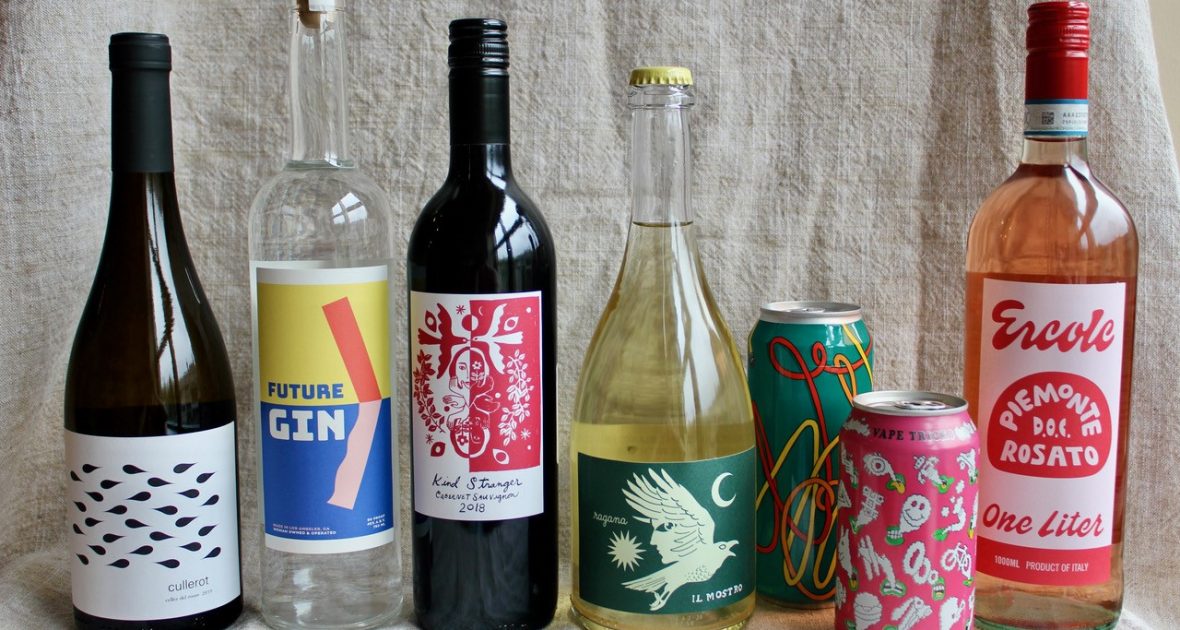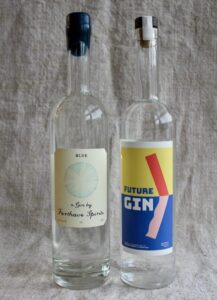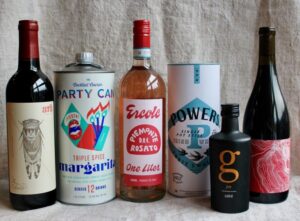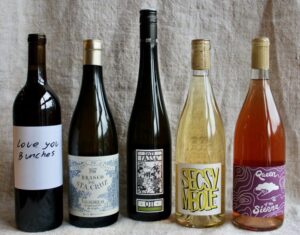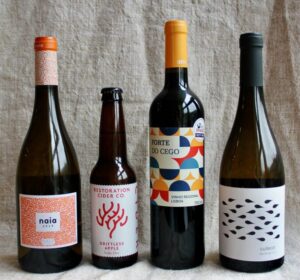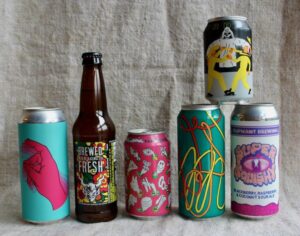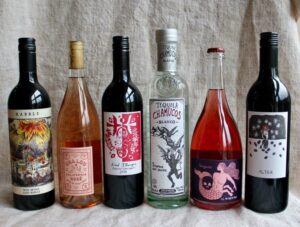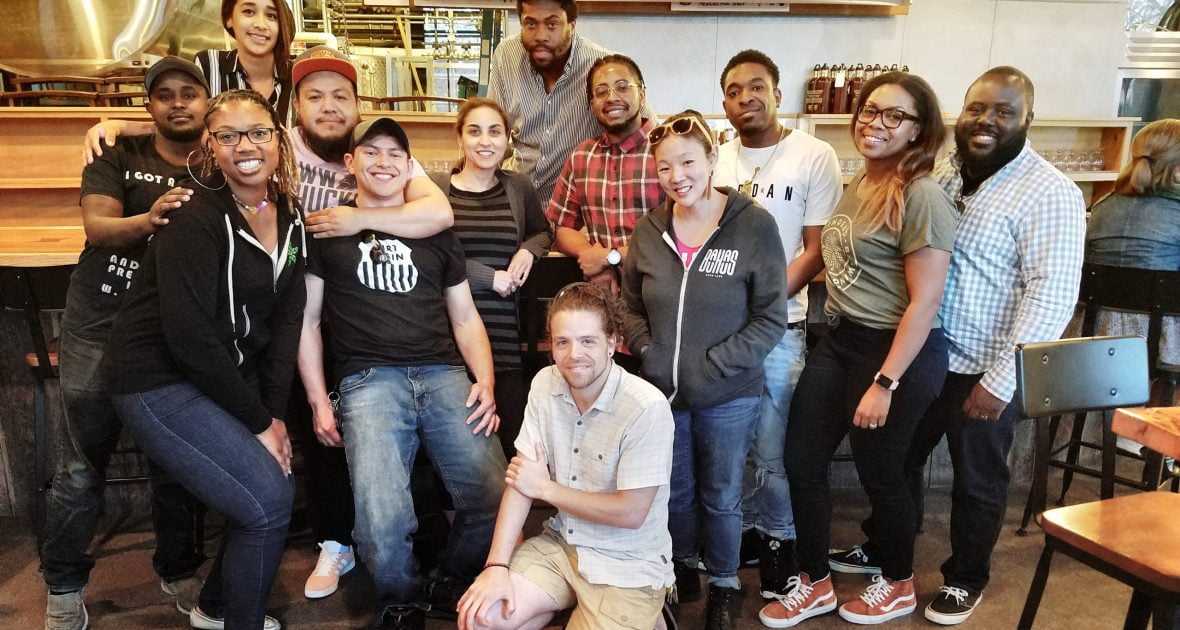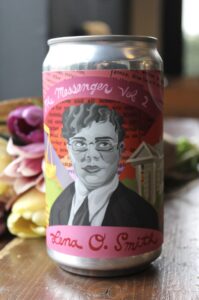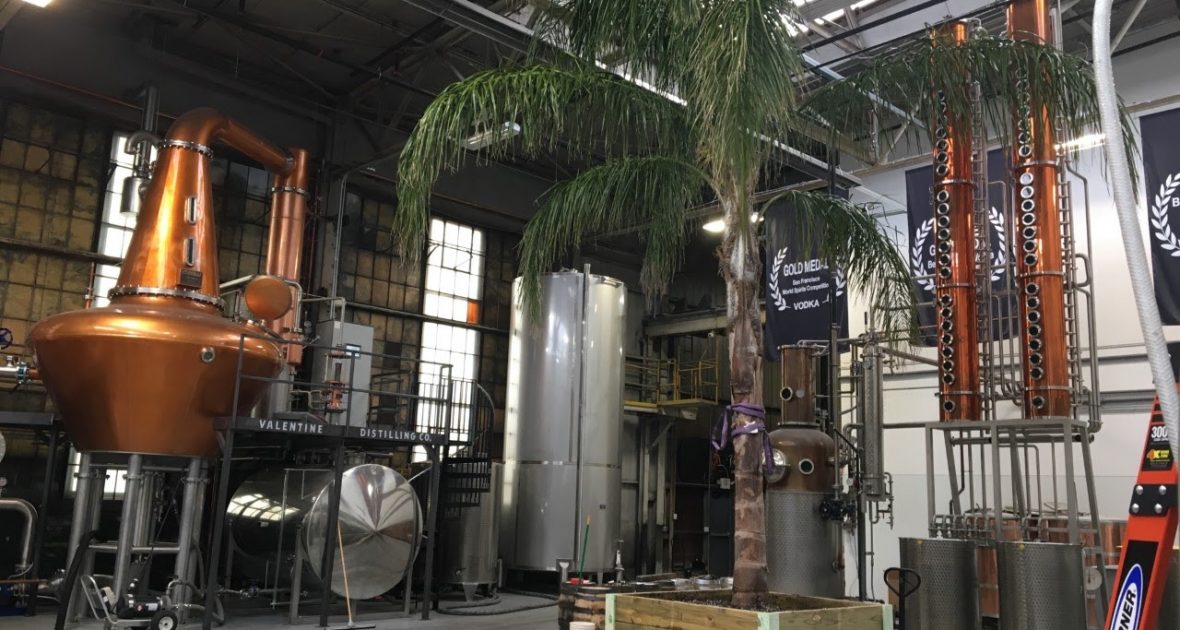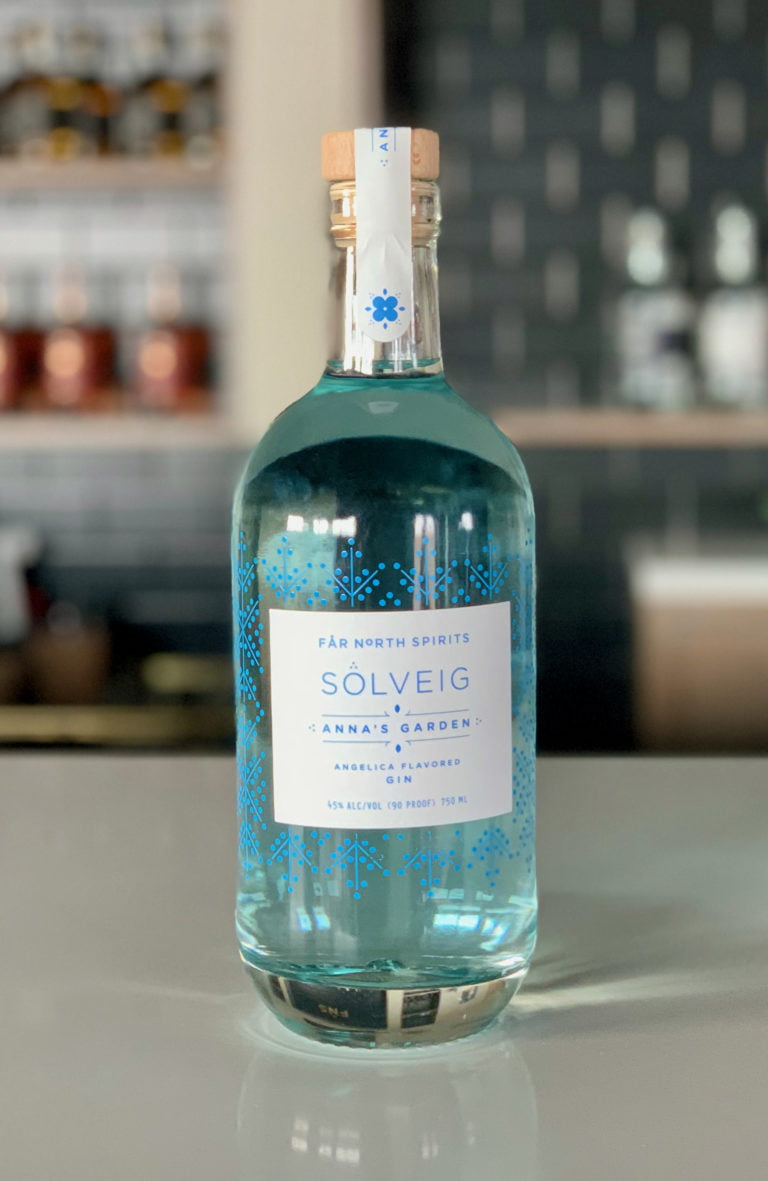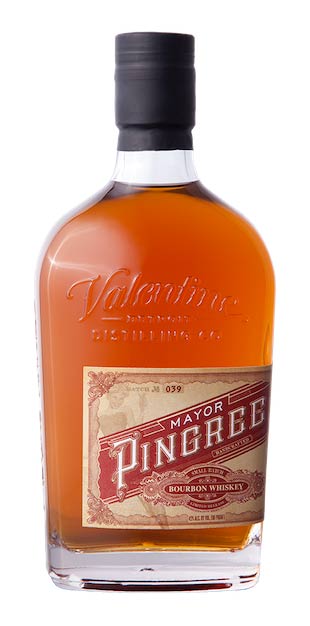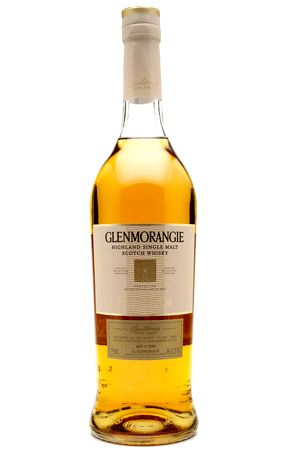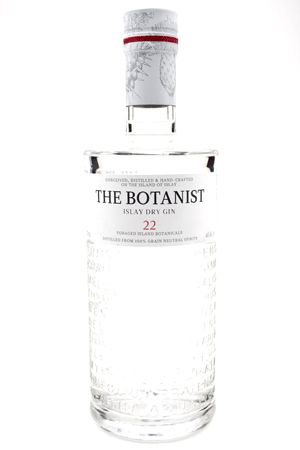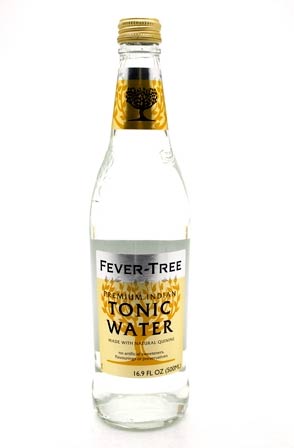
by Bill
Let’s talk about our beer biases…
The other week, I had a conversation about local breweries with someone in the industry, and he said something along the lines of: “Minnesota breweries really aren’t good enough to compete on the national stage.” To be fair, I think he meant MN Hype Beers (DDH DIPA Hazy IPA & Over Fruited Sours, etc), but I really can’t remember how the conversation went from there because I instantly was filled with blood boiling rage and I blacked out for a moment or two. After I came to and calmed down a bit, I decided to step back and take a rational look at the statement and why I think it’s wrong.
I guess the first thing for me to do is establish my own biases. First, I’m a local, and I try to support local business, in and outside of my job. That alone is a hard thing to ignore when we’re discussing this.
But it gets harder: roughly 80 of our top 100 selling beers in the store are Minnesota made (or right on the state border). The top 100 is where most of our beer sales are, especially in the top 50. There’s a dramatic drop-off in overall sales once we get out of the top 100. Those beers outside the top 100 are super important to us, and they help make the store way more interesting. But it’s those top 100 that are directly responsible for France 44 being able to fully staff the beer department, provide them with living wages, a matching 401K, and good health insurance. So, if 80 out of our top 100 are MN made, I’m clearly heavily invested in how well those MN breweries do.
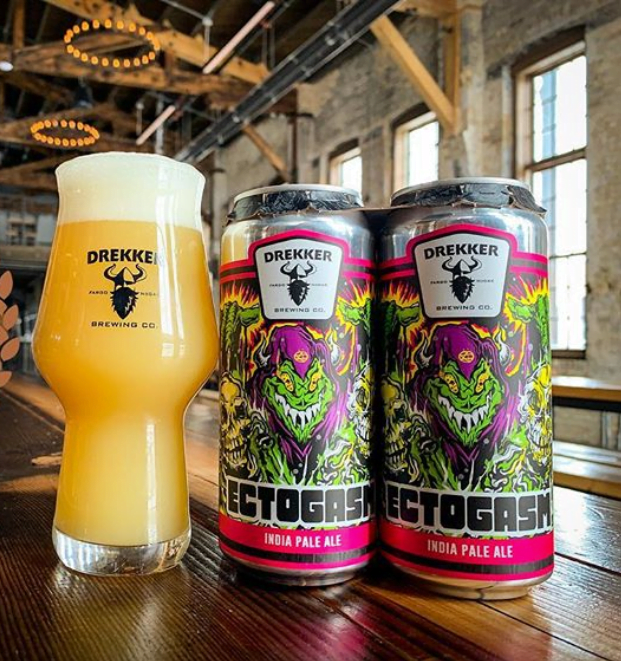
But wait, there’s even more! On top of all of that, we know lots of these breweries personally. We’ve watched them grow. We’ve shared beers with them. We’ve developed lasting relationships. I call some of them friends. So, can I objectively, without bias, look at this subject fairly? Probably not…
Now let’s quickly look at what I assume the other guy’s biases are. First, he doesn’t sell a Minnesota made beer, so he directly competes against MN breweries for market share. The better local beer does in our store, the more his beer gets pushed out. Buying local hurts his sales. The second thing is that he’s not a local. He maybe doesn’t have the emotional connection to the Twin Cities community like I do. Third, and this is a big assumption (but I think I’m right), he hasn’t tried nearly as many local beers as we have. He hasn’t watched/tasted the progress these breweries have made over the years.
Okay—here’s my argument: I say if we try to remove our personal opinions and biases (we hear a ton of them in the beer cooler), several Minnesota Breweries have caught up to some of the “best” breweries in the country. If we actually just critique the beer for what style it is and how well it’s made, I think you’ll start to agree with me. When I was studying for WSET (The Wine & Spirits Education Trust), I learned how they wanted you to judge a wine. If you have a Sonoma County Chardonnay in your glass, you don’t judge it against other Sonoma Chardonnays–you judge at against all other wine. That was hard for me to wrap my head around. Before that, I’d judged Chard vs Chard, Hazy IPA vs Hazy IPA, etc. What WSET forces you to do is simply concentrate on the wine directly in front of you, try to remove your personal opinions and judge the wine as just one wine among many. It’s hard to do because the instant you see the label of the bottle , your brain already starts making assumptions.
So here’s where I’m going to upset some of you. There won’t be another Tree House (MA), Trillium (MA) or Alchemist-Heady Topper (VT) in terms of Hype/Popularity because the rest of the Nation has caught up with them. These 3 breweries are no doubt at the top of their game, and I’ve had great beers from them. But I’ll argue that their lasting legacy in the Beer World will be more for creating the popularity/hype of the style(s), and not for the beer itself. I say this because you can walk into the store right now and grab a local beer that’s super close in style/quality. You just can’t grab one that has a Trillium label on it. I know some of you will be shaking your heads right now in disagreement—and I know what a bunch of you are thinking; “these breweries just make better beer”. But I’ll say that just because the brewery you’re thinking of doesn’t distribute their IPA to Minnesota (probably because they hardly make any, or, more likely, they don’t even know where Minnesota is… sorry!) that doesn’t make that brewery or their beers better–it just makes it a lot harder to get your hands on. And, I’ll argue that the high price you end up paying to get your hands on it corrupts your brain and your palate and forces you to justify why you just spent $50 getting a 4pk of beer that your 3rd cousin shipped 2nd Air to you from Boston.
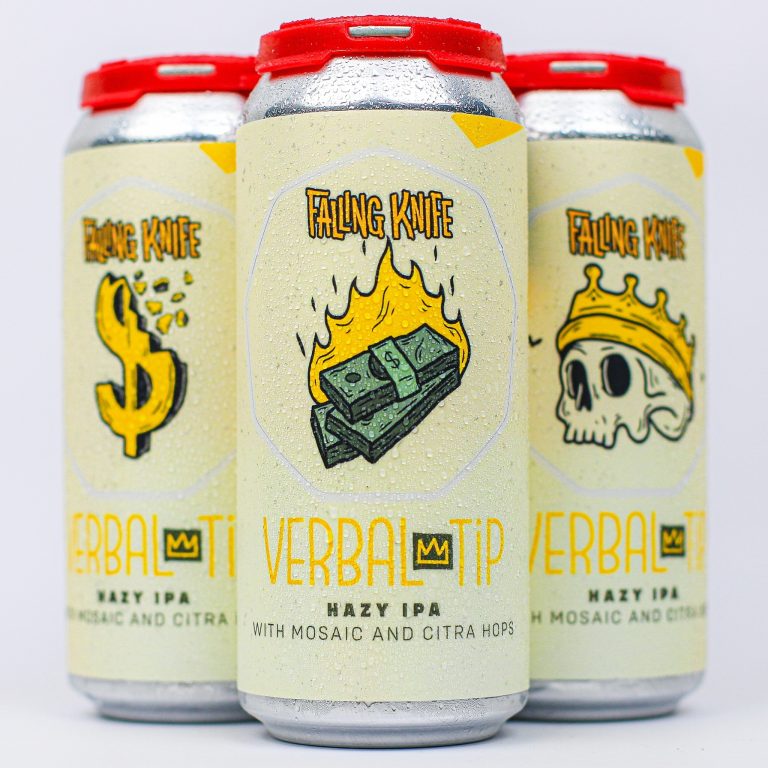
Rarity creates a false belief that anything rare must taste better. I’ve been suckered into this thinking many, many times and I’m here to tell you it’s simply not true. Rarity just makes it rare–and typically expensive. Again, we are trying to put aside opinions, beliefs and biases and simply look at the beer for what it is, with no emotional baggage attached. Is that can of beer from Tree House really better than one of our best from MN?
In no order, here are our top 5 selling Hazy IPAs:
- Blackstack Local 755 | $12.99/4pk
- Falling Knife Verbal Tip IPA | $12.99/4pk
- Modist Dreamyard IPA | $13.99/4pk
- Fair State Mirror Universe IPA | $12.99/4pk
- Drekker Ectogasm IPA (I know, technically not MN, but come on…) | $14.99/4pk
These are just the flagship, everyday IPAs these breweries make, and they are great beers. I’m not listing all the limited, weekly releases these breweries are pumping out constantly. These limited releases are really where the roots of my argument are. These limited beers (remember, the Beer Department averages about 50 new beers each week) are the ones that really step up our MN hype game and it’s these beers that truly make us equals.
These breweries are not doing well in Minnesota because they’re MN breweries. They do well because they brew a world-class beer.

